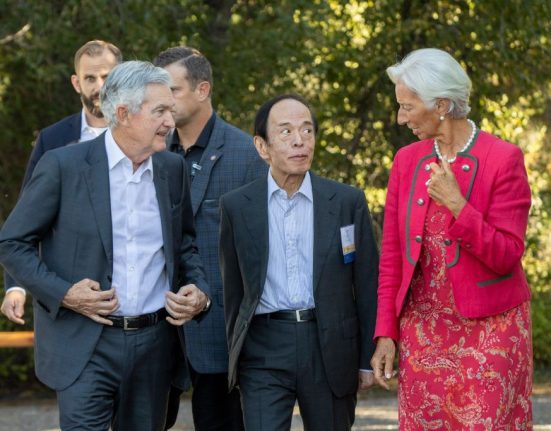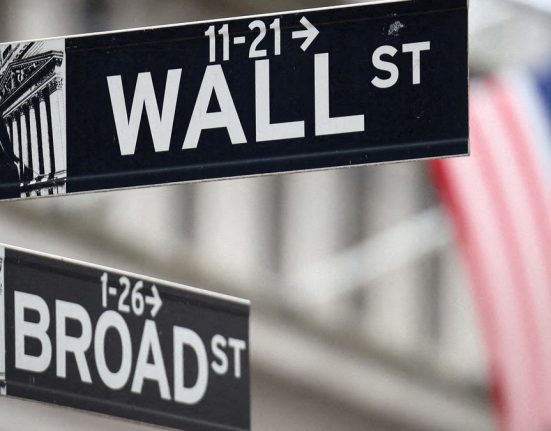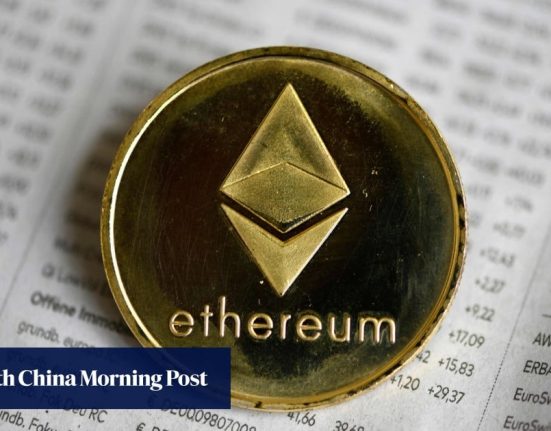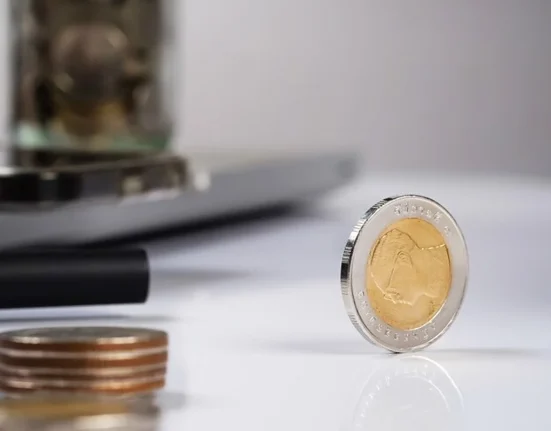Decentralized finance (DeFi) relies on the potential of cryptocurrency but breaks down when prices fluctuate a lot. Stablecoins are thus central in this space as they provide a stable value to lend, borrow, or stake. The Aave and Compound platforms rely heavily on USDT and DAI to maintain returns constant, users deposit $1 today and receive $1 tomorrow, with interest.
DeFi’s total value locked reached $200 billion in March 2025, with stablecoins propelling half that mountain. This stability attracts risk-averse investors, filling the pot and attracting new faces into crypto’s sphere. The larger DeFi becomes, the larger the market swells with it.
Governments are wary of crypto, worried about chaos and crime. Stablecoins calibrate that oversight. Tied to fiat, there are fewer wildcards and more digital cash regulators can wrap their heads around. The U.S. published more transparent stablecoin rules at the end of 2024, requiring issuers like Circle, USDC’s parent company, to be audited.
Compliance grants legitimacy, inviting banks and legislators to play ball. A London think tank report estimates stablecoin-friendly policies have the potential to double crypto adoption by 2027. When the suits say yes, the market’s ceiling is higher.







